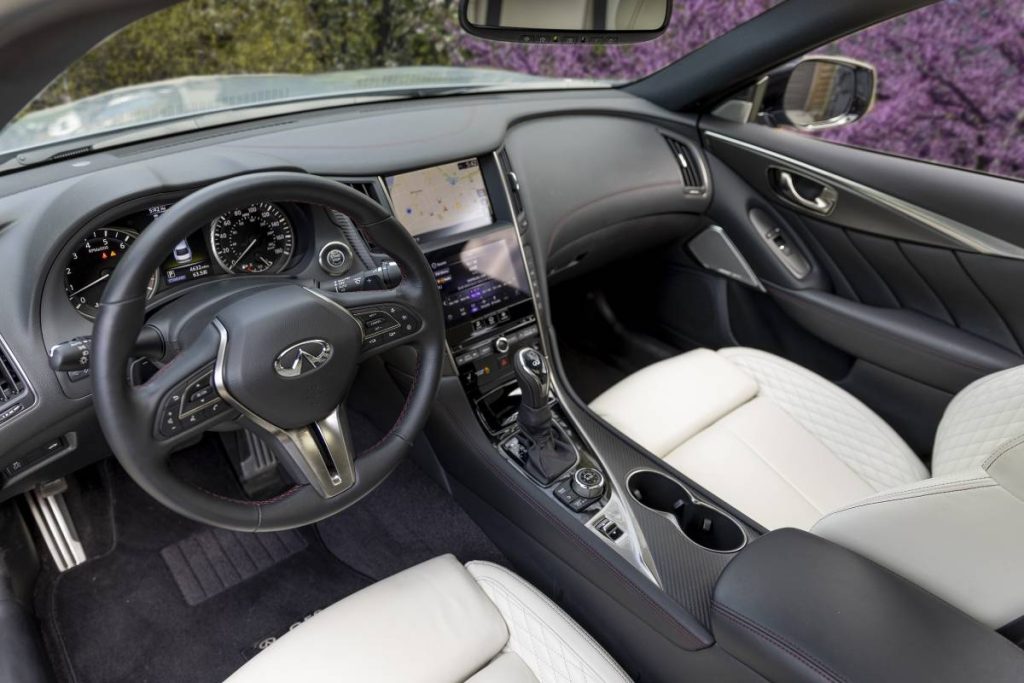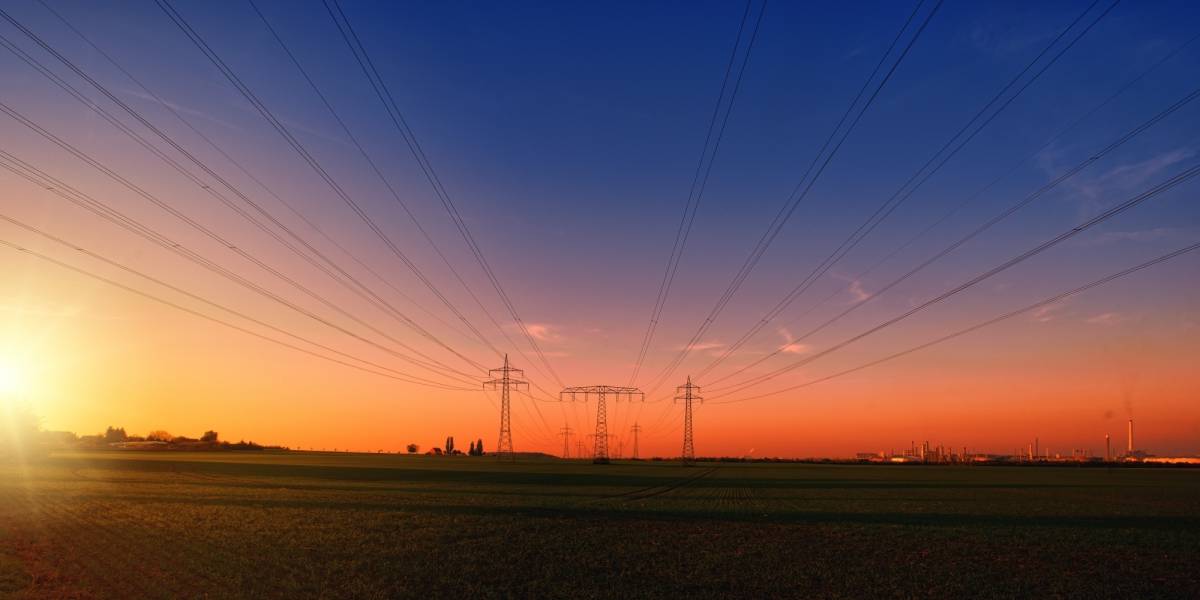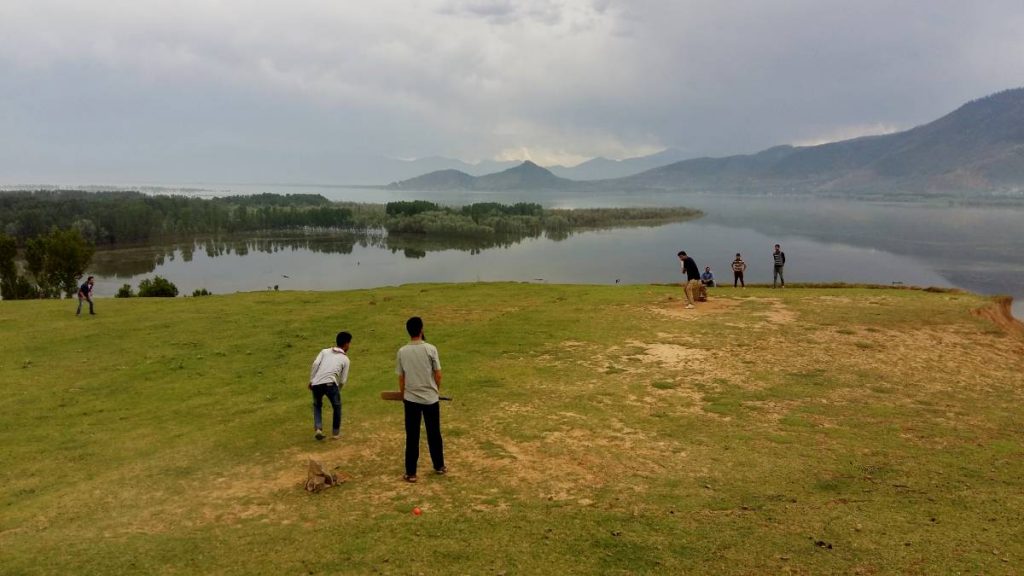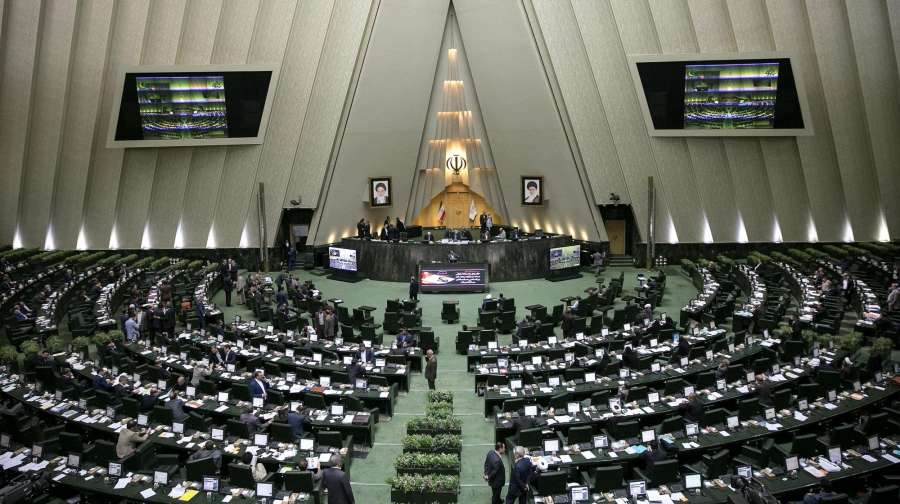Maneka Gandhi, who originally belongs to Delhi, is the senior-most MP among these women, having won her first election in 1989 on a Janata Dal ticket. She later joined the BJP and has always chosen Uttar Pradesh to contest elections — first Pilibhit and then Sultanpur…reports Asian Lite News
Uttar Pradesh has strong and established women leaders but, ironically, the majority of this ‘Nari Shakti’ does not belong to this state.
Barring a few, most of the women leaders have come from other states and after contesting several elections, they have consolidated their position in Uttar Pradesh.
Senior Congress leader Sonia Gandhi leads the brigade of political talent imported from outside Uttar Pradesh. A native of Italy who was living in New Delhi with her in-laws, the Gandhi bahu made her political debut from Amethi in 1999 and then contested and won the Rae Bareli seat from 2004 to 2019.
Sonia Gandhi began campaigning in Amethi from 1984 when her husband Rajiv Gandhi made his political debut.
When Sonia Gandhi finally took a plunge in politics after the former Prime Minister’s demise, she chose the family turf, Amethi.
The former Congress President was at one time seen as a prime ministerial candidate, though she never claimed the position.
Another woman politician who was seen as a prospective prime ministerial candidate is BSP supremo, Mayawati.
Mayawati was born in Delhi but her political ‘karambhoomi’ became Uttar Pradesh when the first SP-BSP government came into existence in 1993 in the state.
Circumstances propelled Mayawati into the Uttar Pradesh chief minister’s chair in 1995 and over the years, she has emerged as a politician who cannot be ignored.
Actor-turned-politician, Hema Malini, who is seeking her third term from Mathura, belongs to Tamil Nadu and has spent most of her life in Mumbai.
She contested and won the 2014 and 2019 elections from Mathura. Hema Malini calls herself ‘Krishna ki gopi’ and claims to have a divine connect with Mathura.
Among others in this list is Smriti Irani, who is seeking her second term from Amethi and originally belongs to Delhi.
However, after winning Amethi in 2019, she calls herself ‘Amethi ki bitiya’. She has even built her home in Gauriganj in Amethi and is well versed with local politics and the local people.
Maneka Gandhi, who originally belongs to Delhi, is the senior-most MP among these women, having won her first election in 1989 on a Janata Dal ticket. She later joined the BJP and has always chosen Uttar Pradesh to contest elections — first Pilibhit and then Sultanpur.
Jaya Prada, another actor-turned-politician, was born in Rajahmundry, Andhra Pradesh but chose Uttar Pradesh to kickstart her political career even though she had earlier joined the TDP.
Jaya Prada successfully contested the Rampur Lok Sabha seat in 2004 and 2009 elections on a Samajwadi Party ticket. Later, she joined the BJP in 2019.
Dimple Yadav, senior SP leader and wife of Akhilesh Yadav, originally belongs to Uttarakhand but made Uttar Pradesh her home after her marriage to Akhilesh.
Dimple Yadav began her career by losing a bypoll to Raj Babbar of the Congress from Firozabad in 2009 but won the Kannauj seat in a 2012 bye-election. She won the Kannauj seat in 2014 but lost in 2019.
However, Dimple Yadav won the Mainpuri bye-election after the demise of Mulayam Singh Yadav in 2022.
Among all these women leaders, it is only Union Minister Anupriya Patel of Apna Dal (S) who was born and brought up in Kanpur in Uttar Pradesh.
Interestingly, even in the past, several women leaders who made a mark in Indian politics were born outside Uttar Pradesh but chose to contest polls from the state.
Former Lok Sabha Speaker, Meira Kumar, made her debut in politics when she won a bye-election from Bijnor in 1985. Meira Kumar, who is the daughter of late veteran politician Jagjivan Ram, was born in Bihar.
Former Delhi Chief Minister, late Sheila Dikshit, won her first election from Kannauj in 1984. She was born in Kapurthala in Punjab.
Freedom fighter Sucheta Kripalani, the first woman Chief Minister in India, who headed the Uttar Pradesh government, also belonged to Punjab but won the Assembly polls from Mehdawal in Sant Kabir Nagar.











